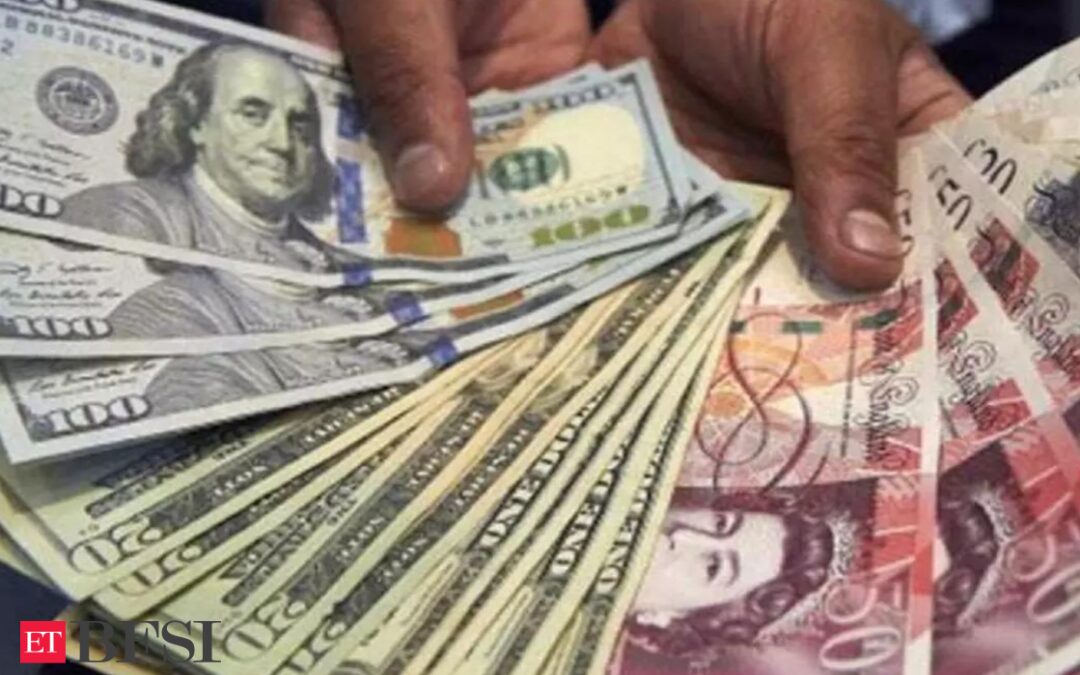The Reserve Bank of India (RBI) is ushering in significant changes in the foreign exchange landscape with its recent initiatives. The central bank aims to streamline and enhance the ease of foreign exchange transactions through the introduction of the “Forex Correspondent Scheme (FCS).” This scheme involves a novel principal-agency model, bringing in a new category of money changers. To better understand the implications and objectives behind these changes, let’s explore the RBI’s Draft Licensing Framework for Authorised Persons (APs) under the Foreign Exchange Management Act, 1999 (FEMA).
What is the recent move by the Reserve Bank of India (RBI) in the foreign exchange domain?
Under the new framework, the RBI is planning to introduce a new category of money changers under the Forex Correspondent Scheme (FCS) through a principal-agency model involving Category-I and Category-II Authorised Dealers (ADs).
The scheme aims to increase the reach of foreign exchange services by allowing Forex Correspondents (FxCs) to operate as principals under the agency model with AD Category-I or AD Category-II entities.
Currently, the RBI issues authorizations in the form of licenses to Authorised Persons (APs), including authorised dealers and Full-Fledged Money Changers (FFMCs). The proposed framework aims to introduce perpetual authorization for AD Category-II entities, subject to revised eligibility criteria.
How does the proposed scheme benefit foreign exchange users?
The scheme eliminates the need for FxCs to seek separate authorization from the RBI, enhancing the ease with which foreign exchange transactions can be conducted by users. FxCs, operating under the FCS, will enter into agency agreements with AD Category-I or AD Category-II entities, following the principal-agency model.
What impact is anticipated on the structure of the money-changing business?
The changes are expected to bring about a more organised and governed money-changing business. However, it may lead to a reduction in the number of existing money changers, emphasizing the need for control and checks.
How might the forex industry’s structure and key players evolve with the implementation of the new framework?
The framework could lead to the emergence of integrated players offering tourism-related services, forex, and cards. Companies like Thomas Cook and Ebix, involved in recent deals, highlight a trend towards consolidation and diversified services.
What challenges and opportunities are foreseen with the changes in the forex brokerage business landscape?
While the changes may attract new investments, challenges are anticipated, especially concerning the existing small outlets. Issues related to different business models between banks and AD-IIs may also arise.
What perception exists regarding the pricing of physical forex, and what uneven playing field issue is highlighted in the market?
Money changers argue that pricing of physical forex could be more competitive than banks if they have the freedom to import it. However, there is a perceived imbalance in the playing field, as only select AD-IIs are currently allowed to import for retail sales.











